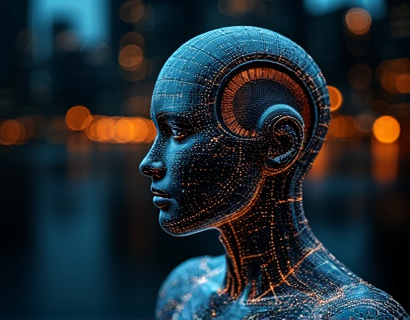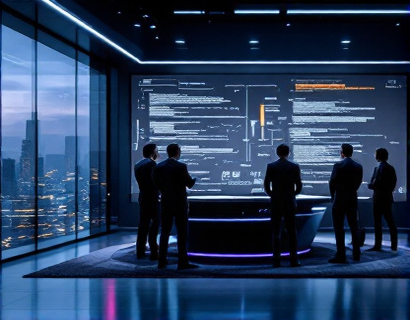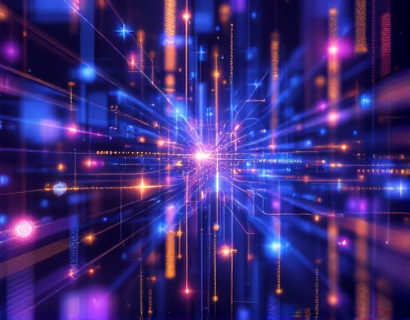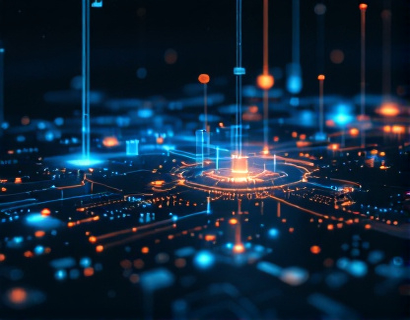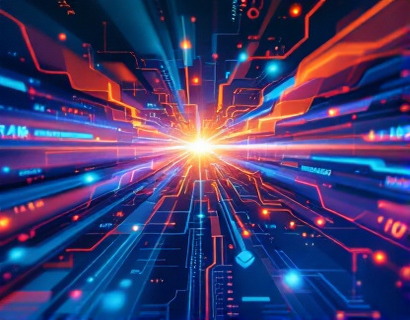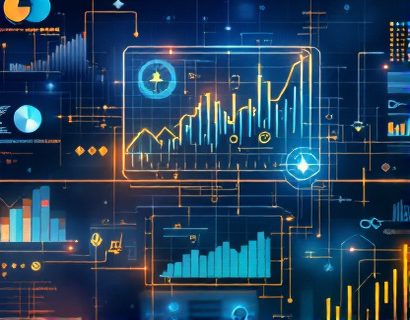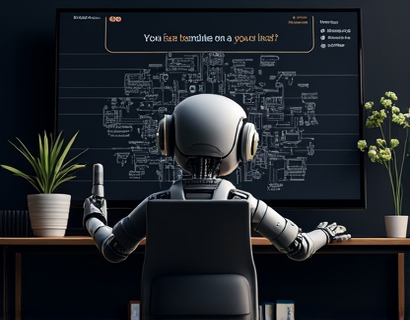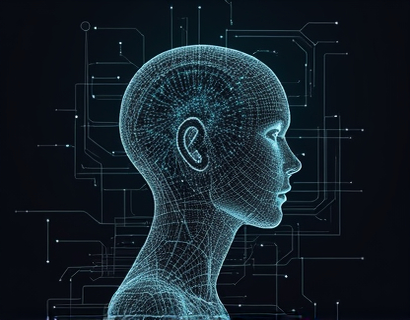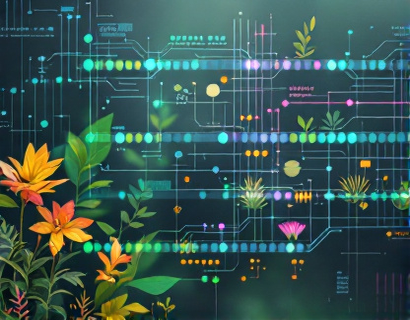AI-Powered Translation Technology: Revolutionizing Global Communication
In an increasingly interconnected world, the ability to communicate across languages has become a critical asset for businesses and individuals alike. AI-powered translation technology stands at the forefront of this revolution, offering unprecedented precision, speed, and accessibility. This advanced technology is not just a tool for translating text; it's a bridge that connects diverse cultures, enhances international collaborations, and opens up new markets. By leveraging the power of artificial intelligence, these translation solutions are breaking down language barriers and redefining global communication.
The Evolution of Translation Technology
The journey of translation technology has been marked by significant milestones. From the early days of rule-based systems to the current era of neural machine translation, the accuracy and naturalness of translations have seen dramatic improvements. Traditional methods relied on predefined rules and dictionaries, often resulting in stiff and unnatural translations. The advent of machine learning and deep learning has transformed this landscape, enabling systems to learn from vast amounts of data and context, thus producing more fluent and accurate translations.
How AI Enhances Translation Accuracy
AI-powered translation tools utilize neural networks to understand and generate text in a way that mimics human cognition. These models are trained on massive datasets, allowing them to grasp the nuances of language, including idioms, colloquialisms, and context-specific meanings. Unlike static dictionaries, AI systems can adapt and improve over time, continuously learning from new data and user feedback. This dynamic approach ensures that translations remain up-to-date and culturally relevant, reducing the risk of miscommunication.
Real-Time Translation Capabilities
One of the most significant advantages of AI-powered translation technology is its ability to provide real-time translations. This feature is particularly valuable in business settings where timely communication can make or break deals. Whether it's during international meetings, customer interactions, or document translations, AI tools can instantly convert text from one language to another, ensuring that conversations flow smoothly and efficiently. This immediacy fosters better understanding and collaboration, breaking down the barriers that once hindered global business operations.
Enhancing Multilingual Customer Service
For businesses operating in a global market, providing multilingual customer support is essential. AI-powered translation tools enable companies to offer support in multiple languages without the need for a large team of human translators. This not only reduces costs but also improves response times, leading to higher customer satisfaction. By leveraging these tools, businesses can cater to a broader audience, expanding their reach and enhancing their reputation in the global market.
Breaking Down Language Barriers in Education
In the realm of education, AI translation technology plays a pivotal role in making learning accessible to a global audience. Online courses, academic papers, and educational resources can be instantly translated, allowing students from different linguistic backgrounds to access the same content. This democratization of knowledge fosters a more inclusive learning environment, where language is no longer a barrier to education. AI-powered translation tools thus contribute to breaking down educational disparities and promoting global learning opportunities.
Facilitating Cross-Cultural Collaboration
The ability to communicate across languages is crucial for cross-cultural collaboration. In industries such as research and development, international teams often work together on projects, requiring seamless communication to share ideas and results. AI translation tools facilitate this process by providing accurate and context-aware translations, ensuring that all team members understand each other clearly. This enhances productivity and innovation, as ideas can be exchanged without the hindrance of language differences.
Challenges and Limitations
Despite the numerous advantages, AI-powered translation technology is not without its challenges. One of the primary concerns is the accuracy of translations, especially for complex or specialized content. While AI has made significant strides, certain nuances and subtleties of language can still be difficult to capture. Additionally, translations may sometimes lack the emotional tone or cultural context that a human translator would naturally convey. However, ongoing advancements in AI research are continually addressing these issues, improving the overall quality of translations.
Integration with Existing Workflows
Integrating AI translation tools into existing workflows is relatively straightforward, thanks to their user-friendly interfaces and API capabilities. Businesses can incorporate these tools into their communication platforms, document management systems, and customer service software with minimal disruption. This seamless integration ensures that translation capabilities are readily available whenever needed, enhancing efficiency and productivity.
Enhancing Language Learning
For individuals looking to learn a new language, AI-powered translation tools serve as valuable aids. These tools can provide instant translations, helping learners understand and practice new vocabulary and grammar structures. Additionally, some advanced systems offer explanations and examples, reinforcing learning and improving comprehension. This support can accelerate the language learning process, making it more accessible and effective.
Future Prospects and Innovations
The future of AI-powered translation technology holds exciting possibilities. As AI models become more sophisticated, we can expect even greater accuracy and context awareness. The integration of multimodal data, such as images and videos, could further enhance translation capabilities, allowing for more comprehensive and nuanced communication. Moreover, advancements in natural language processing (NLP) and sentiment analysis will enable translations that not only convey meaning but also capture the intended tone and emotion, bringing us closer to human-like communication.
Conclusion
AI-powered translation technology is revolutionizing the way we communicate globally. By breaking down language barriers, these tools are fostering better business interactions, enhancing educational opportunities, and promoting cross-cultural collaboration. As the technology continues to evolve, the potential for more accurate, natural, and context-aware translations grows, paving the way for a truly interconnected world. Embracing these advancements can significantly benefit both businesses and individuals, opening up new horizons in global communication.




